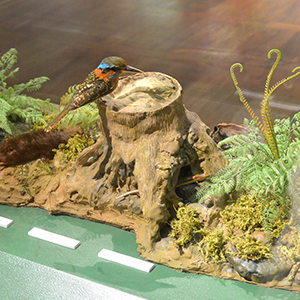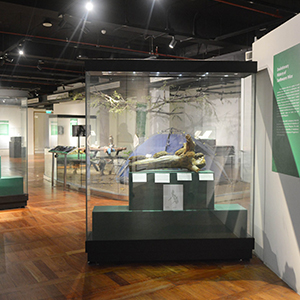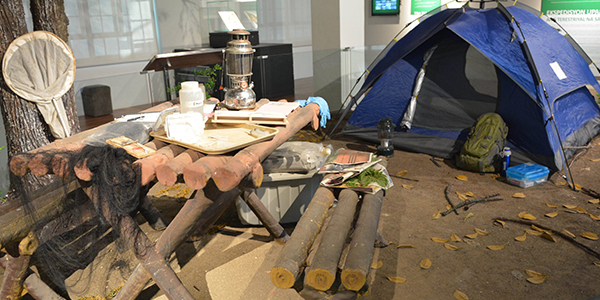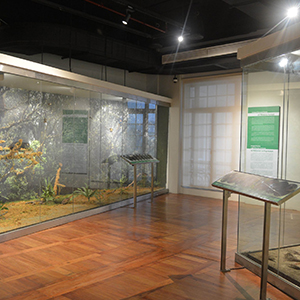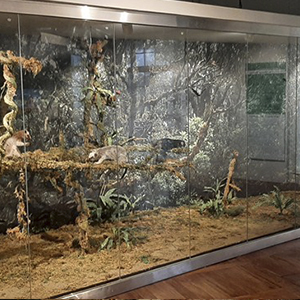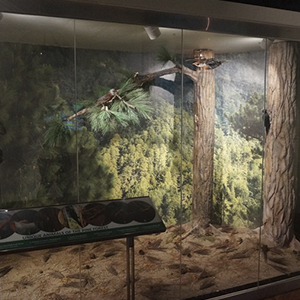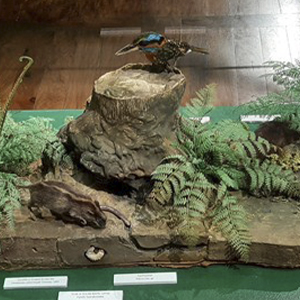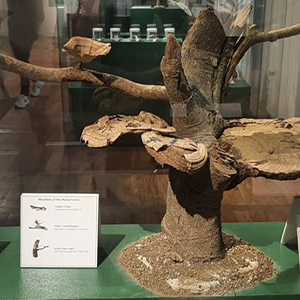| ‹ | The Mossy, Montane, and Pine Forest of the Philippines |
› |
|---|
Gallery V of the National Museum of Natural History takes visitors on an immersive journey into the enchanting world of high-elevation forests in the Philippines. These unique forests, characterized by their elevation and distinct environmental conditions, provide a sanctuary for a diverse array of plants and animals that have adapted to thrive in these challenging environments. This gallery showcases the rich biodiversity of the mossy, montane, and pine forests, highlighting the fascinating wildlife that calls these habitats home.
Within the gallery, visitors can marvel at the vibrant bird species, elusive mammals, fascinating amphibians, and intricate insects that are exclusive to the high-elevation forests of the Philippines. The exhibition provides a glimpse into the intricate web of life within these forests, emphasizing the intricate relationships and interdependencies among the various species. From the colorful feathers of endemic birds to the unique adaptations of high-altitude mammals, the gallery offers a comprehensive exploration of the diverse fauna that exists within these forest ecosystems.
In addition to the captivating wildlife, the gallery features a diorama of an expedition camp, providing insight into the methods and techniques used by biologists to study the forests, plants, and animals in these remote and challenging locations. It offers visitors a glimpse into the world of field research, highlighting the dedication and scientific rigor involved in studying and understanding these unique ecosystems.
Moreover, the gallery presents a brief history of the zoology division of the National Museum of the Philippines. It showcases the post-World War II expeditions that played a crucial role in re-establishing the zoological reference collection of the country. These expeditions were pivotal in expanding our knowledge of the wildlife and ecosystems in the Philippines and have contributed significantly to the scientific understanding of the region.
